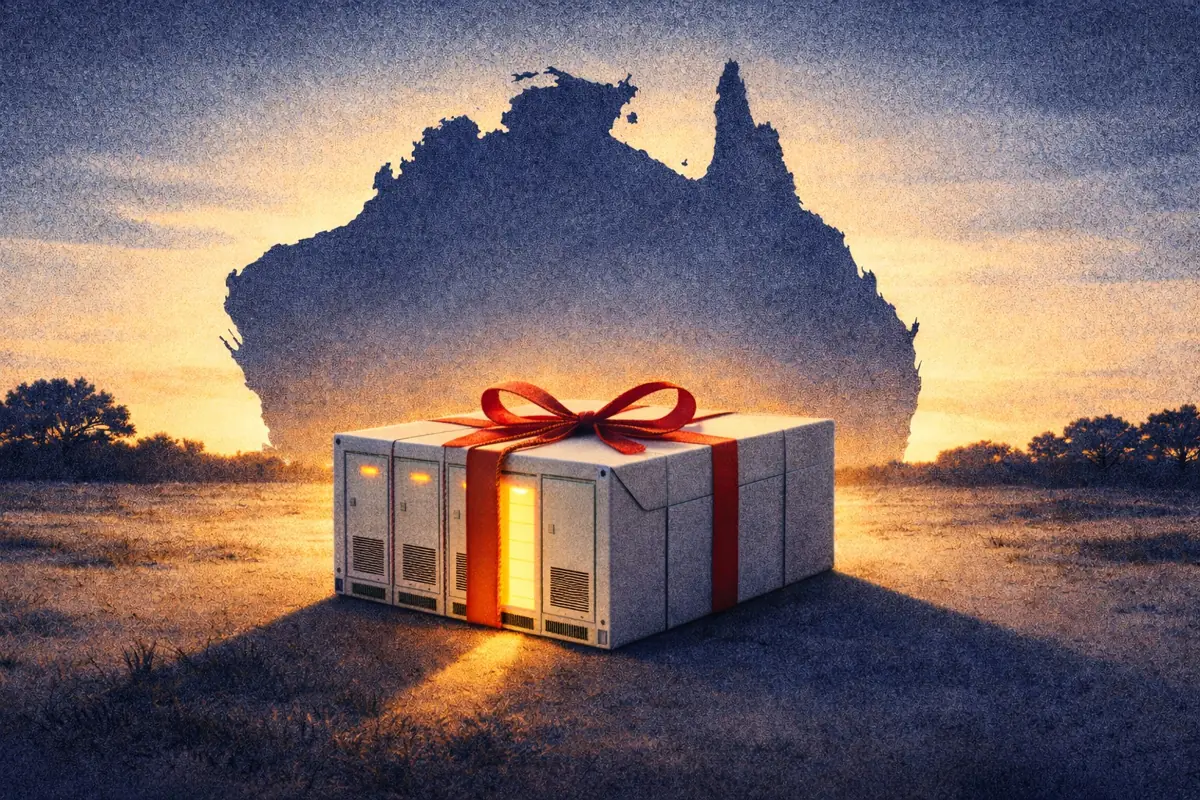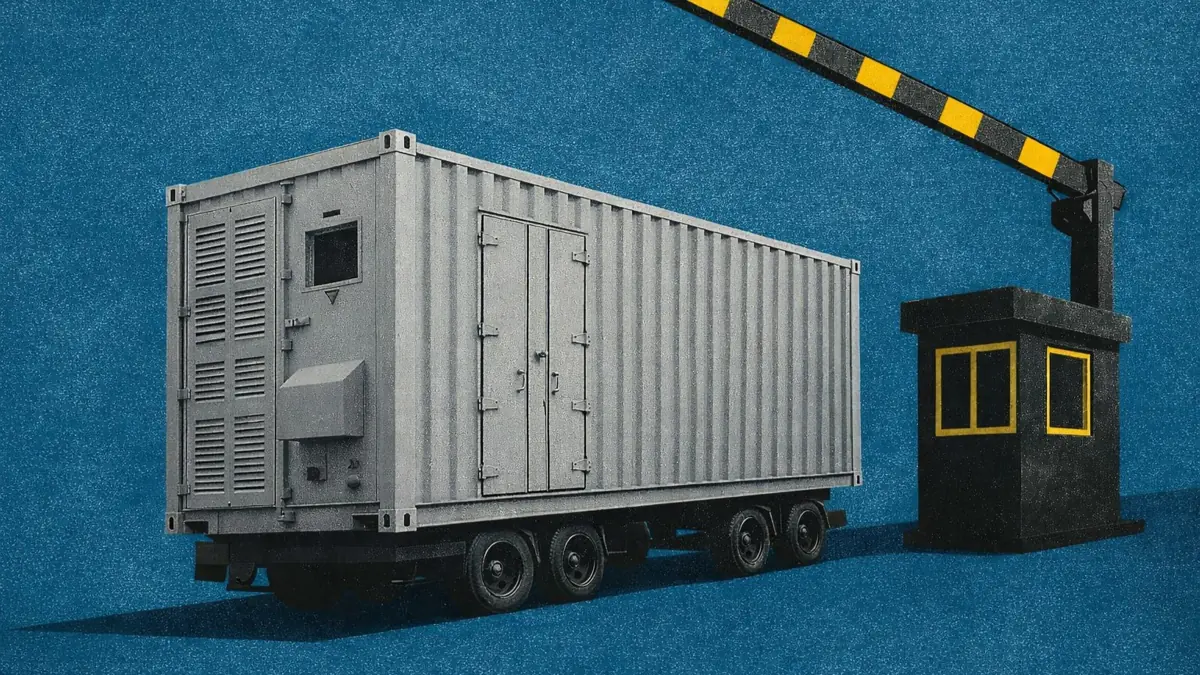The Investment Case for BESS in the NEM: Five key takeaways
Battery energy storage buildout in the NEM is accelerating, but shifting volatility is changing the investment case for new projects. The right combination of merchant earnings alongside contracted revenue is crucial for maximising the returns and bankability of new BESS.
On 23rd October, we held a livestream to explore the latest outputs from our long-term NEM price and revenue forecast and what they mean for the investment case for battery energy storage.
A recording of the live stream is available below, and Modo Energy subscribers can find the full presentation to interact with at the end of the article.
We summarise five key takeaways from the livestream below.
1. There is a large queue of BESS projects looking for financing
The NEM currently sits at 3.6 GW of commercially operational BESS capacity, but crucially there is a further 9.7 GW committed past Financial Investment Decision (FID). With 3.1 GW already in commissioning, the NEM looks set to exceed 5 GW operational by the end of 2025, and over 13 GW when all these projects come online.
Beyond this, 15.3 GW of projects are in earlier stages of development, with intended commissioning dates by the end of 2028. Much of this capacity will require private project financing, and ultimately this - along with the availability of offtake contracts - will constrain how much gets built. We project BESS capacity to hit 16.9 GW by the end of 2028.
2. Long-term off-take contracts remain crucial for achieving project bankability
40% of committed BESS capacity due online by the end of 2028 has a long-term off-take contract in place. Whilst this has historically been physical tolls, it is increasingly provided by derivative-based contracts such as virtual tolls.
Of the remainder, an additional 22% has government support, either through contracts such as SIPS, or direct funding through the likes of Victoria’s SEC. Another 23% is owned by the gentailers AGL, EnergyAustralia and Origin Energy, and CS Energy and Stanwell in Queensland.
This means that, of BESS capacity being built and developed privately (and not through gentailers), 75% to have reached FID has a long-term offtake contract in place. This shows how crucial these contracts remain.
3. Increasing BESS buildout reduces historic volatility, but thermal retirements stabilise long-term spreads
The increase in operational BESS capacity over the next three years is projected to reduce price volatility in comparison to recent years. However, retirement of coal and gas generation in the late 2020s will begin to reverse this trend. Further retirements in the mid-2030s and 2040s supports spreads despite further buildout of battery energy storage and other long-duration storage.
Ultimately, declining volatility in the NEM’s spot market due to increased buildout of energy storage means that developers and investors should explore diversified revenue structures to maximise long-term returns.
4. Diversifying revenue and contracting structure can improve project returns
Trading in the NEM’s sport market will underpin BESS revenues, but volatility can be navigated through use of contracts. Long-term offtake contracts are crucial for bankability, but can also enhance project returns in lower-volatility scenarios. For companies with the trading capabilities, they can use the battery to sell and defend cap contracts in the forward derivates market.
Batteries in the right location, fitted with grid-forming inverters, can also sell network support contracts. This provides an additional source of long-term contracted revenue - if accessible. These three types of contracts can ultimately be stacked together, providing a combination of guaranteed revenues with an uplift in value for the project.
5. Revenue strategy, as well as location, plays a significant role in the investment case for a project
Location on a grid can change the earning potential of a battery. Either at the state level - due to different volatility between regions - or sub-state, due to marginal loss factors and constraints. These can shift unlevered IRRs for a 4-hour battery by almost 2%. However, layering in different contract structures and alternative revenue streams can make up for this difference.
Batteries pursuing a diversified revenue strategy, especially if able to access network support contracts, can improve project IRRs by 2% or more. This can ultimately be enough to shift projects in certain locations into investability.
Explore the full slide deck
Already a subscriber?
Log in







